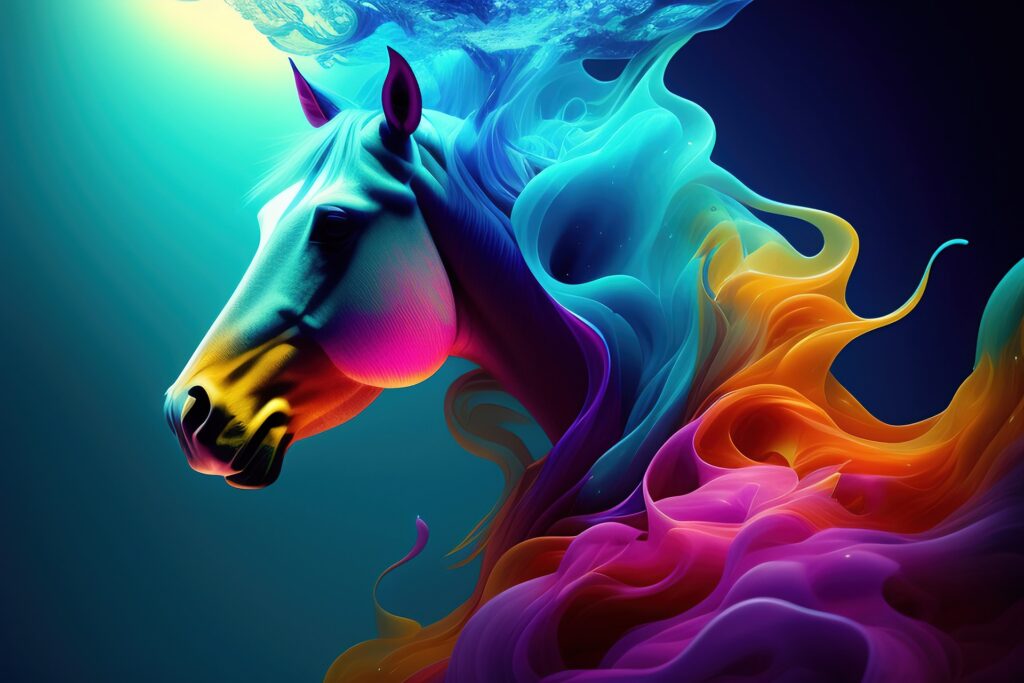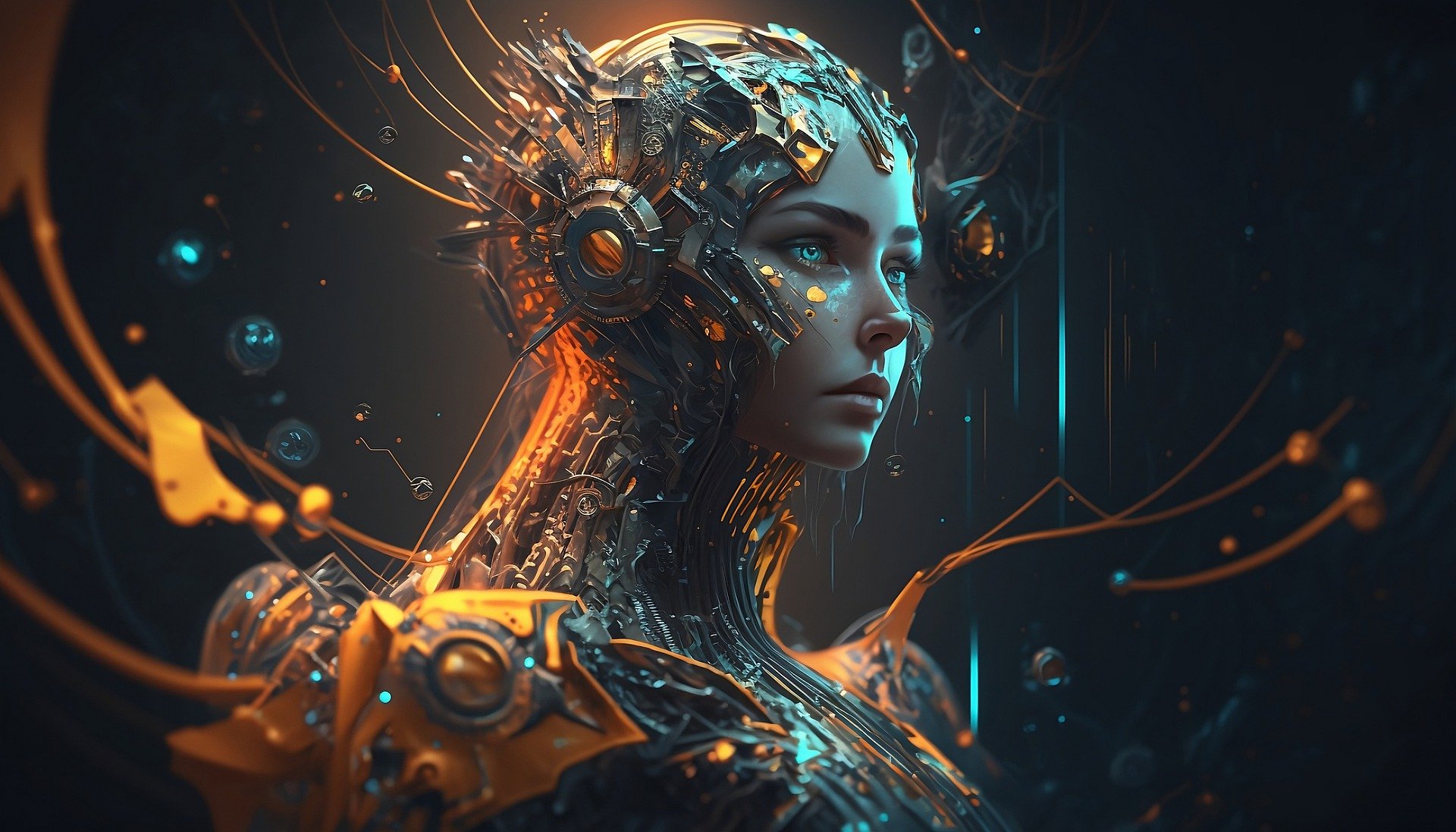With AI generators becoming popular, Stable Diffusion and Disco Diffusion have also paved their way in the market and are expanding enormously. But which one is better in performance? Which one develops better images and can be reliable for art? Many such questions will be answered in the article.
Let us get down and find out which one is better.
Stable Diffusion vs. Disco Diffusion
Let us discuss the differences between the two and how each is different from the other.
| S.no. | Stable Diffusion | Disco Diffusion |
| I. | Many internet users turn to the Stable Diffusion model when they want to employ AI to create virtual artworks. The technique uses a frozen CLIP ViT-L/14 text encoder and is totally open-source, allowing it to use text prompts to create art. It directly uses the CPU’s hardware. | The primary objective of Disco Diffusion, which is mainly Python-coded software, is to run in Google Colab as a free tool that can be used to develop art using AI from straightforward textual descriptions. It was founded in 2021 and consists of multi-code ipynb files with more than 2600 lines. |
| II. | Stable Diffusion can provide images in a matter of seconds. | Disco diffusion may take up to minutes to generate an image, and it is slower in generating images when compared to Stable Diffusion. |
| III. | Stable Diffusion makes good art, but Disco one creates better. However, this one is good with picture coherence. | This one creates better art and images than the other one. |
| IV. | Stable Diffusion also generates good images, but Disco Diffusion takes the cake. | The clip-guided diffusion model can produce stunning visuals from word prompts. It is also quite effective at creating abstract art with vibrant color combinations. |
| V. | It has fewer tunable parameters, making it simpler to use. | Disco diffusion may produce images with a variety of styles and attributes by adjusting several settings. |
The rise of AI tools like Stable Diffusion and Disco Diffusion has revolutionized the way artists and creators approach art. These tools not only provide a platform for generating unique visuals but also enhance the creative process by offering a plethora of options. Here’s how these tools can elevate your artistic endeavors:
- Diverse Styles: From abstract to realistic, AI tools can generate a wide range of art styles, catering to various artistic preferences.
- Quick Iterations: Instead of spending hours on a single piece, artists can quickly iterate and experiment with different prompts and styles.
- Cost-Effective: Many of these tools offer free credits or versions, allowing artists to produce art without hefty software costs.
- Collaborative Potential: Artists can collaborate with AI, where human creativity meets machine precision, leading to unique and unprecedented art pieces.
Embracing these AI tools can open doors to endless creative possibilities, pushing the boundaries of traditional art-making.
Final Takeaway
To conclude, it all comes down to the user who will use the tool to generate the art. Depending on your computer’s specs, check which one suits your needs more and then choose. Both are great tools, but what are your requirements play a key role in deciding which one to opt for.
So, navigate your options well. Check the specs, image generation time taken, and the quality of the art being generated.

FAQs
I. How does Stable Diffusion work?
In Stable Diffusion, it first compresses the image into the latent space rather than working in the high-dimensional image space. Because the latent space is very small, it benefits from doing much less number crunching.
II. Which Stable Diffusion version is best?
In our opinion, Stable Diffusion 1.5 works better than Stable Diffusion 2.
III. Who created Disco Diffusion?
Disco Diffusion (DD) is a Google Colab Notebook that makes use of CLIP-Guided Diffusion, an AI Picture Generating Technique, to let you produce stunning visuals with only text inputs. It is built by Somnai, enhanced by Gandamu, and based on the workings of RiversHaveWings, nshepperd, and more groups.
Learn more: How To Ask AI What Things Look Like?
